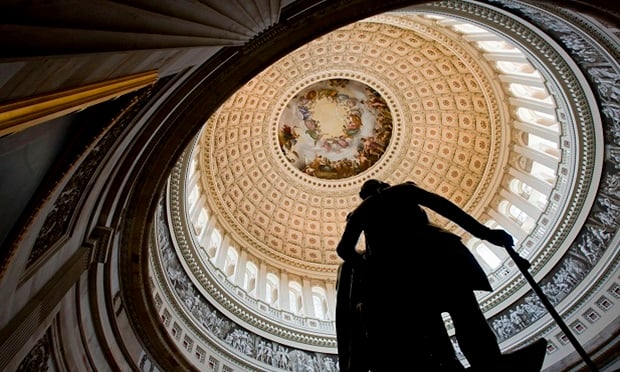Sept. 4 (Bloomberg) — Federal Reserve economists concluded in a new research paper that much of the decline in labor force participation since 2007 is due to long-lasting "structural" causes such as the aging of the workforce.
Fed officials are debating how much slack is in the labor market. The paper released today casts doubt on whether continued economic stimulus would raise labor-force participation much above its current levels as demand increases.
"Demographics will likely continue to play a prominent role in determining the future path of the aggregate labor force participation rate," the economists said. "Indeed, on our estimates, the continued aging of the population alone will subtract 2.5 percentage points from the aggregate participation rate over the next ten years."
Recommended For You
The Fed economists said their model shows that economic weakness was depressing the participation rate by 0.25 percentage point to as much as one percentage point in the second quarter of this year.
The labor force participation rate, or the share of the working age population with a job or looking for one, stood at 62.9 percent in July, down from 66 percent the same month in 2007.
The authors, led by Stephanie Aaronson, chief of the Fed Board's macroeconomic analysis section, said part of that decline may also be due higher rates of school enrollment among the young and other causes that "may not be amenable" to countercyclical policies.
"The evidence we present in this paper suggests that much of the steep decline in the labor force participation rate since 2007 owes to ongoing structural influences that are pushing down the participation rate rather than a pronounced cyclical weakness related to potential job seekers' discouragement," the paper concluded.
© 2025 ALM Global, LLC, All Rights Reserved. Request academic re-use from www.copyright.com. All other uses, submit a request to [email protected]. For more information visit Asset & Logo Licensing.







